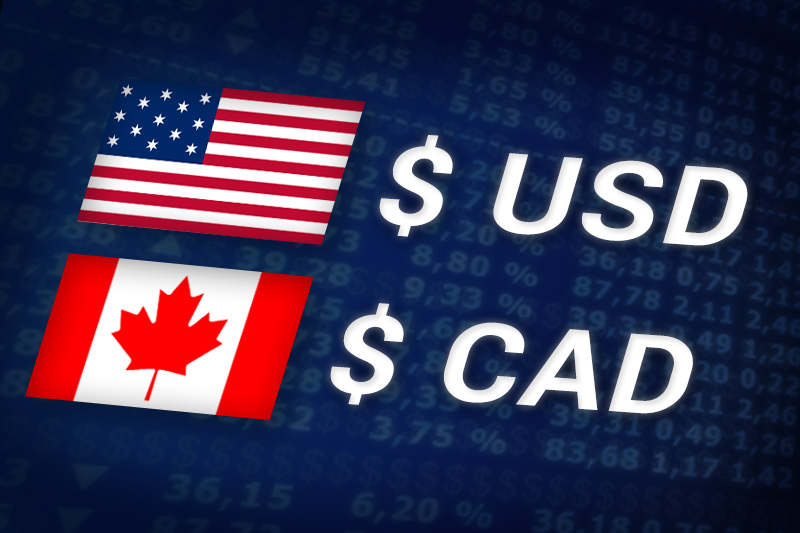Investing.com - The Canadian dollar rose above parity against its U.S. counterpart on Tuesday, as optimism over a debt restructuring deal for Greece outweighed unexpectedly weak Canadian data on gross domestic product.
USD/CAD hit 0.9966 during early U.S. trade, the pair’s lowest since October 31; the pair subsequently consolidated at 0.9980, shedding 0.34%.
The pair was likely to find support at 0.9913, the low of October 31 and resistance at 1.0028, the session high.
Demand for higher-yielding assets was boosted after Greek Prime Minister Lucas Papademos said Monday that negotiators had made "significant progress" in talks aimed at reaching a debt swap plan and aimed to have a definitive agreement by the end of this week.
Also Monday, European Union leaders agreed on a fiscal pact to tackle the causes of the debt crisis in the region and signed off on the details of a EUR500 billion permanent bailout fund for the euro zone that will come into force in July.
The Canadian dollar shrugged off data showing that the economy contracted unexpectedly in November, as a result of lower output in the energy sector.
Statistics Canada said GDP contracted by a seasonally adjusted 0.1%, confounding expectations for growth of 0.2%, after remaining flat in October.
Year-on-year, Canada’s economy grew at an annualized rate of 2.0% in November, slightly below expectations for a 2.3% increase.
Meanwhile, the broadly weaker greenback supported oil prices, with crude oil for delivery in March jumping 2.3% to trade at USD101.06 a barrel on the New York Mercantile Exchange.
Raw materials, including oil account for about half of Canada’s export revenue.
The loonie, as the Canadian dollar is also known, was slightly higher against the euro, with EUR/CAD slipping 0.19% to hit 1.3138.
Later in the day, the U.S. was to publish a report on manufacturing activity in the Chicago region, as well as data on consumer confidence.
USD/CAD hit 0.9966 during early U.S. trade, the pair’s lowest since October 31; the pair subsequently consolidated at 0.9980, shedding 0.34%.
The pair was likely to find support at 0.9913, the low of October 31 and resistance at 1.0028, the session high.
Demand for higher-yielding assets was boosted after Greek Prime Minister Lucas Papademos said Monday that negotiators had made "significant progress" in talks aimed at reaching a debt swap plan and aimed to have a definitive agreement by the end of this week.
Also Monday, European Union leaders agreed on a fiscal pact to tackle the causes of the debt crisis in the region and signed off on the details of a EUR500 billion permanent bailout fund for the euro zone that will come into force in July.
The Canadian dollar shrugged off data showing that the economy contracted unexpectedly in November, as a result of lower output in the energy sector.
Statistics Canada said GDP contracted by a seasonally adjusted 0.1%, confounding expectations for growth of 0.2%, after remaining flat in October.
Year-on-year, Canada’s economy grew at an annualized rate of 2.0% in November, slightly below expectations for a 2.3% increase.
Meanwhile, the broadly weaker greenback supported oil prices, with crude oil for delivery in March jumping 2.3% to trade at USD101.06 a barrel on the New York Mercantile Exchange.
Raw materials, including oil account for about half of Canada’s export revenue.
The loonie, as the Canadian dollar is also known, was slightly higher against the euro, with EUR/CAD slipping 0.19% to hit 1.3138.
Later in the day, the U.S. was to publish a report on manufacturing activity in the Chicago region, as well as data on consumer confidence.
